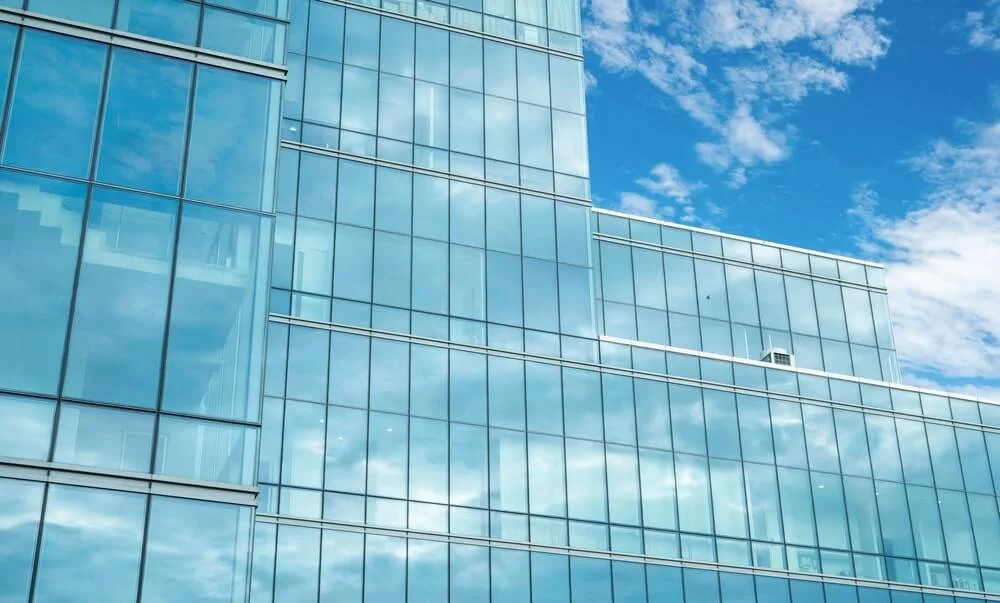Low Emissivity
Low-E or low emissivity insulation is a byword nowadays when it comes to construction technology and thermal engineering. Infrastructures that are equipped with low-e glass coatings and insulation reflects back small amounts of radiant thermal heat, minimizes heat gain and allows visible light to pass through. Low-e glass has a specialized coating that blocks out UV light and keeps the structure cool while maintaining maximum illuminance. It can cut up to 85% of thermal warmth from penetrating which is quite significant in the battle against heat waves and climate change. Another strong benefit of utilizing low-e materials in buildings and facilities is the energy-efficiency it brings in terms of saved cooling cost.
Emissivity is defined as the value that is assigned to different materials based on the thermal radiative heat emitted vis-à-vis a black body on a scale measuring 0 to 1. A black body would have an emissivity of 1 whereas a reflective material would have a measurement of 0. In the ideal situation, the black body concept means that a given material will absorb at 100% and emit at the maximum possible at every radiative wavelength for the given set temperature. In real life though, it would be hard to replicate this as there is no material in existence that has the perfect surface and atomic properties that can result in an emissivity level greater than 0.999.
In the architectural setting, low-e typically refers to glass coatings applied to windows and building facades. Having this type of glass in a structure would result in better energy efficiency and comfort as the harsh solar heat is blocked from transgressing the interiors while allowing natural daylight to shine through. In the Philippines, where high humidity and hot climate prevail in most days of the year, low-e glass is designed and configured to eliminate heat from penetrating, contrast with those in cold climate countries where the temperature is generally cool and freezing, the passive type version of low-e glass is utilized instead in order to retain the heat. Both these contrasting applications of low-e have the same effect of providing drastic improvements in energy costs. These high-performance low-e glass delivers the right comfort, beautiful aesthetics and energy efficiency in building envelopes. Low-e glass is a significant material in earning LEED credits as it supports enhanced energy savings, provides daylight views and heightened thermal comfort.
Low-e is typically associated with glass but there are other materials that incorporates low-e technology. These specialized insulation materials would help your projects achieve the heat reducing performance that is needed in this era of rising global temperatures. Patsum Insulation supplies thermal insulation materials like bubble foil and aluminum woven radiant barrier that have low emissivity value. Reflecting up to 97% of solar heat. Our material solutions keep the summer heat from coming through, generating indoor comfort for the occupants and protecting your investment. In the livestock and poultry industry, excess heat can be detrimental as it affects animal health and compromises the energy efficiency of the facility. Having a highly insulated structure would help maintain a comfortable environment for the animals, allows them to grow faster and produce more. The right insulation pays off in the long run, as the outcome boosts productivity and enhances well-being. Insulation protects the occupants from temperature extremes and the resultant cost-savings make it a worthwhile investment. Our company supplies only high-quality materials that deliver the right results.

